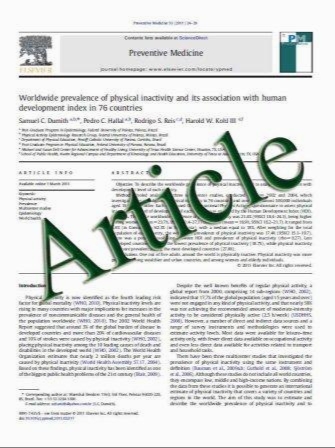Septic cardiomyopathy: hemodynamic quantification, occurrence,and prognostic implications
- نوع فایل : کتاب
- زبان : انگلیسی
- مؤلف : Karl Werdan Anja Oelke Stefan Hettwer Sebastian Nuding Sebastian Bubel Robert Hoke Martin Ruک Christine Lautenschla¨ger Ursula Muelle
- چاپ و سال / کشور: 2011
Description
Introduction In sepsis, severe reduction of afterload may often mask cardiac impairment. By establishing the parameter ‘‘afterload-related cardiac performance (ACP)’’ we wanted to determine the extent, frequency, and prognostic relevance of septic cardiomyopathy. Methods Over a 12 months period, all patients of our medical intensive care ward were included into the study when they were classified as having ‘‘septic MODS’’ (sepsis score C12 as long as APACHE II score was C20). Hemodynamic assessments were performed using a pulmonary artery catheter. Results A total of 524 patients were screened, and from these 39 had septic MODS. In survivors, APACHE II score values declined from day 0 (day of diagnosis, 27.6 ± 8.0) to day 4 (17.8 ± 8.0), while in non-survivors, score values remained high (day 0: 31.8 ± 5.7; day 4: 33.2 ± 6.7; p\0.001). Hemodynamic measurements showed an inverse correlation of cardiac output (COmeasured) and SVR which can be described as CO = b0 9 SVRb1. The upper limit of 80% tolerance range of CO was defined as the ‘‘normal’’ CO values (COnormal). The parameter ‘‘afterloadrelated cardiac performance (ACP)’’ was calculated as ACP (%) = COmeasured/COnormal 9 100. It turned out that ACP shows a stronger correlation with APACHE II- and sepsisscore than CO, cardiac index (CI), cardiac power (CPO), or cardiac power index (CPI). Furthermore, ACP correlated with sepsis-induced myocardial damage as indicated by elevations of troponin I and significantly differed between surviving (86.9 ± 1.6%) and non-surviving patients (69.2 ± 1.4%; p\0.0001). While 75% of the surviving patients showed an ACP[60%, 38% of the non-survivors had a moderate (ACP 40–60%) and 25% a severe impairment of cardiac function (ACP\40%). Conclusion By using the parameter ‘‘afterload-related cardiac performance, ACP’’, the impairment of cardiac function can be reliably quantified showing that septic cardiomyopathy occurs frequently and is of prognostic relevance in patients with septic MODS.
Clin Res Cardiol (2011) 100:661–668 DOI 10.1007/s00392-011-0292-5 Received: 23 September 2010 / Accepted: 26 January 2011 / Published online: 11 February 2011


